Yoga for a Healthy Lower Back (54 page)
Read Yoga for a Healthy Lower Back Online
Authors: Liz Owen

10 (FIG. 4.9)
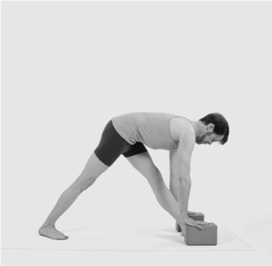
11 (FIG. 2.15)
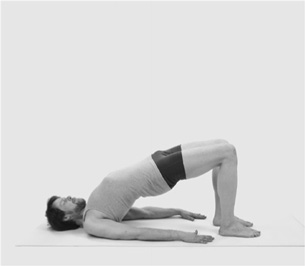
12 (FIG. 2.21)
Practice for Sacral Joint Dysfunction
Sacral joint dysfunction, also called by the name “sacral joint derangement,” is usually due to an imbalance between your two sacral joints. Typically, either one side rotates forward of the other or the joints are twisted in a way that leads to uneven downward pressure into your very-low back and hips. This sequence is meant to gently open and release your sacral joints in order to bring alignment, balance, and pain relief.
  1.  Doorway Stand
â¢Â  Balances your pelvic bones and the sacral joints
â¢Â  Increases leg and hip flexibility
  2. Â
Sacral Circles
â¢Â  Gently massages the myofascia of the sacrum
â¢Â  Releases tight sacral joints and an overarched lumbar spine
  3. Â
Free-Your-Sacrum Pose
â¢Â  Spreads your sacrum to help release tightness and compression across the sacral band
â¢Â  Encourages the sides of your sacrum to ground evenly to help bring sacral joints into alignment
  4.  Reclining Sacral-Balancing Pose
â¢Â  Helps move a forward-rotated hip bone back into place, realigning your sacral joints as it does so
â¢Â  Brings stability to your sacral joints
  5.  Reclining Tree Pose
â¢Â  Strengthens the sacral myofascia and helps your sacral joints come into balance
â¢Â  Therapeutic if your sacral joints are overstretched and loose
â¢Â  Most helpful for a sacral joint that is rotated backward
  6.  Downward-Facing Dog Pose
â¢Â  Moving your hips in Down Dog rotates, massages, and loosens tight sacral joints, creating space for a rotated joint to move back into place
â¢Â Â
Dangling Down-Dog Pose
or working with a partner assist balances your hips and your sacrum.
  7.  Proud Warrior Pose
â¢Â  Broadens the sacrum and balances your sacral joints
â¢Â  Lengthens all spinal musculature
â¢Â  Practice
Supported Deep Lunge Pose with Variations
for more lower back support
  8.  Supported Cobra Pose
â¢Â  Draws your sacral joints toward your front body and “resets” them into a balanced position
â¢Â  Strengthens and tones the buttock (gluteus maximus), hip flexor (psoas), and the lumbar muscles.
  9.  Bridge Pose
â¢Â  Supporting your hips on a block is excellent for balancing the sacral joints
â¢Â  Strengthens the back hip (gluteus maximus) and lumbar and thoracic muscles
10.  Happy Baby Pose
â¢Â  Spreads, elongates, and massages your sacral joints and your lumbar muscles after backbends
â¢Â  Stretches the sacral ligaments and helps to balance your sacral joints
11.  Restorative Cleanser Pose
â¢Â  Rests your lower back in a gentle backbend, which helps to tone the myofascia of your sacrum and lumbar spine.
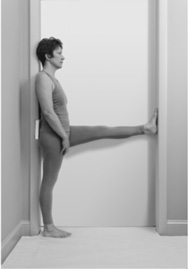
1 (FIG. 3.1)
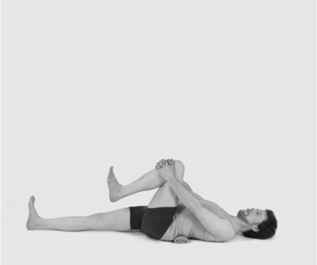
4 (FIG. 3.6)
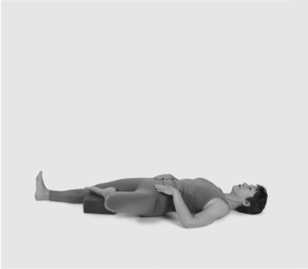
5 (FIG. 3.10)
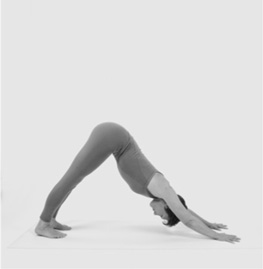
6 (FIG. 4.6)
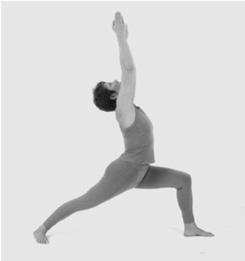
7 (FIG. 3.29)
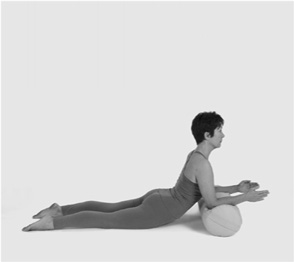
8 (FIG. 3.14)

9 (FIG. 2.15)

10 (FIG. 3.3)
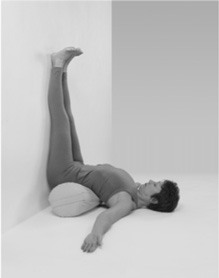
11 (FIG. 4.16)
Practice for Lordosis, Lumbar Muscular Pain, and Strain
As you learned in chapter 4, an exaggerated lordosis is a condition in which the lumbar spine overarches, straining the sacral joints, surrounding musculature, and your entire lower back body. Sometimes lordosis is a chronic condition, something you were born with; other times, it is your body's way of tightening up in times of stress. Either way, it can get in the way of progress toward a healthy lower back, so these poses will help release it and restore your lumbar spine's natural curve.